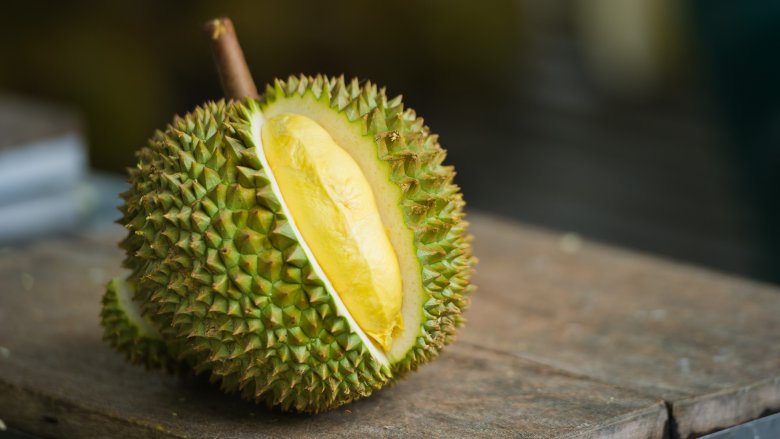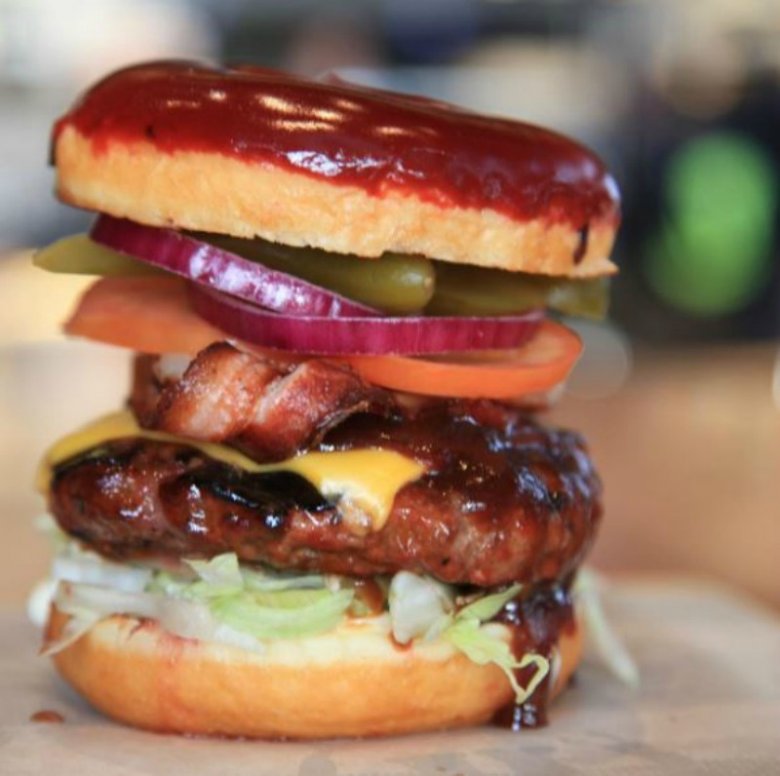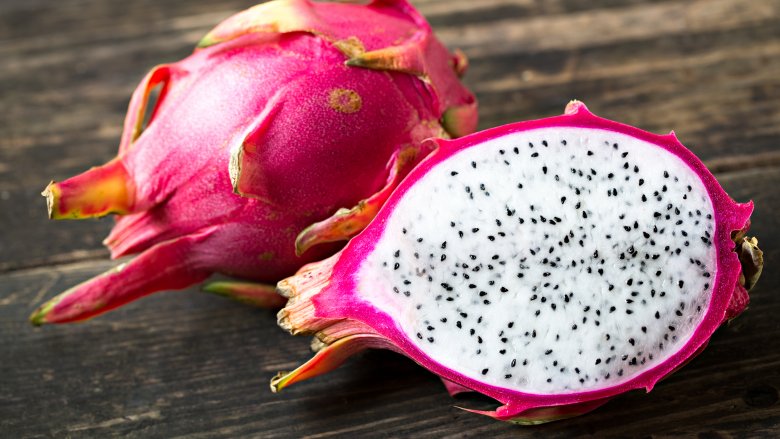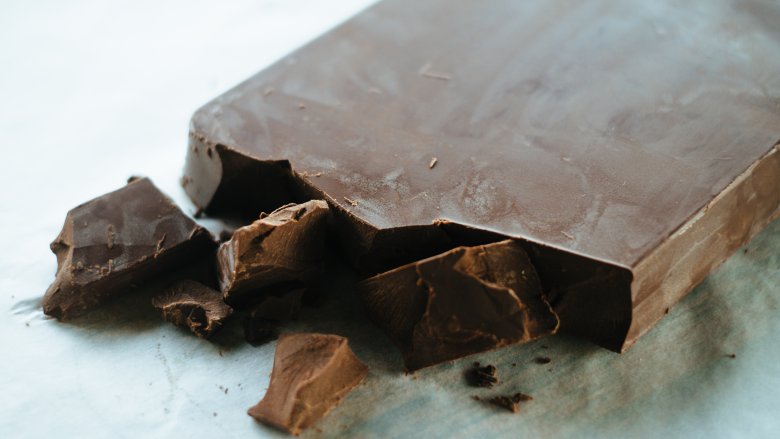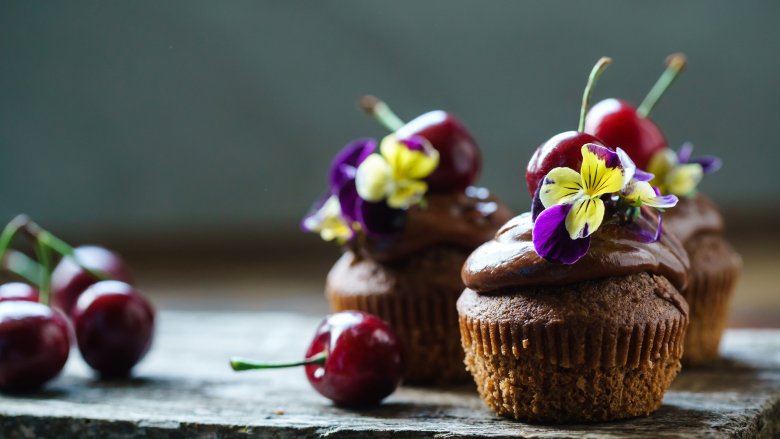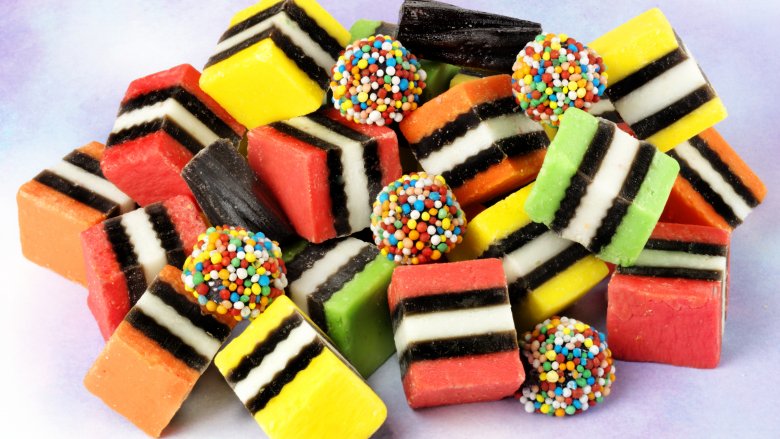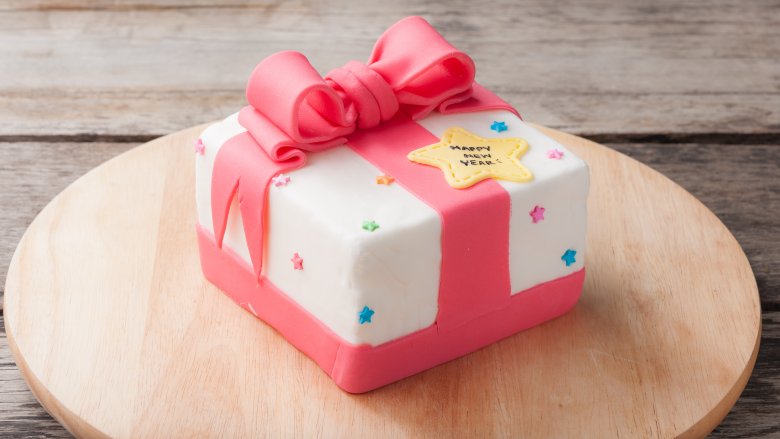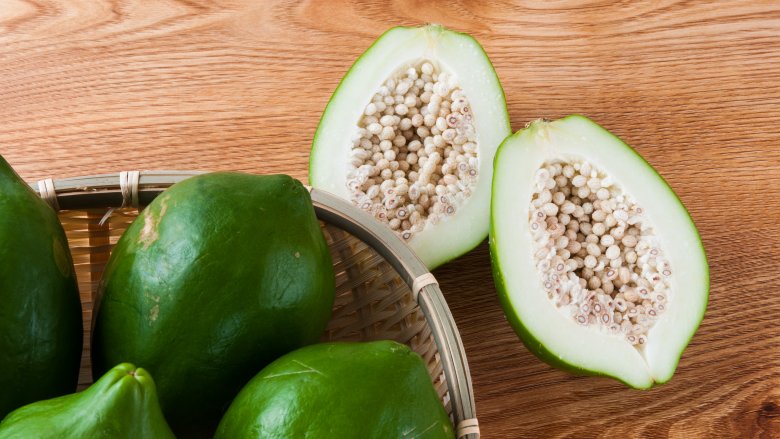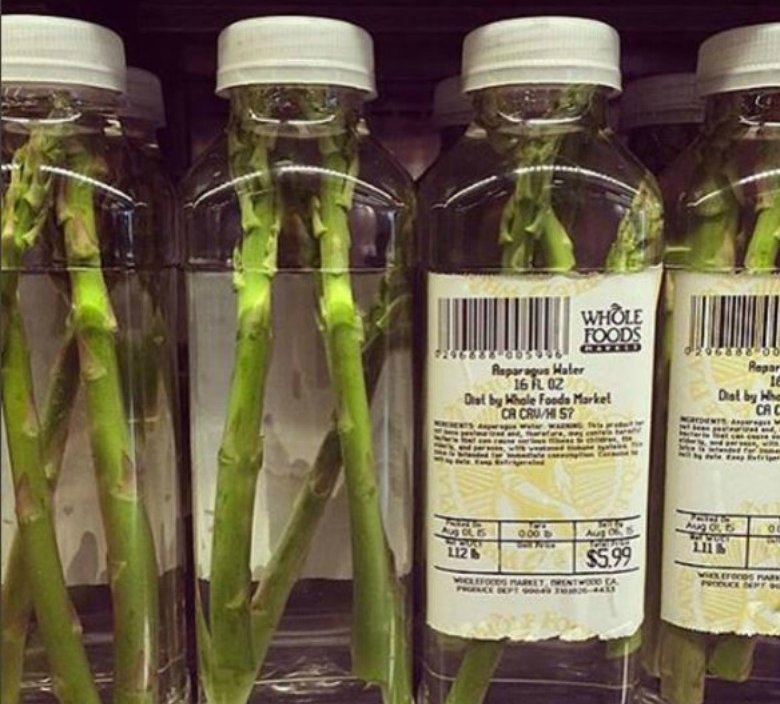Foods That Look Amazing But Actually Taste Terrible
It ought to be a safe assumption that, despite the rich and varied nature of the culinary world, food that looks good usually tastes good and food that looks bad, more often than not, offers a less-than-pleasant taste to match.
Exceptions, however, are more common than you might think. Often, they come in the form of a pleasant surprise, as you take a bite of that suspicious-looking substance to find that, against your expectations, it actually tastes delicious. What we're discussing here today are not those foods. No, here we're dealing with the other end of the spectrum — the food items which exist as living proof that, no matter how you dress them up, sometimes things just taste bad.
Durians
At first glance, durians don't look much different than many other tropical fruits, and in fact come off remarkably like a strange cross between a rambutan and a pineapple; two fruits that are anything but terrible. Certainly, nothing about the durian's appearance would really put you off — until you approach one.
The smell is bad enough — described as being akin to sewage or rotting flesh — to the point that they're even banned on Singapore's transit system. The taste, unsurprisingly, isn't much better. Generous victims have described it as not far off an overripe banana, while the less generous have noted its similarity to "kissing your dead grandmother." Whether that sounds like a hoot to you or not, it's still pretty cruel of the durian to masquerade itself as a fruit at all. One bad apple and all that.
Donut burgers
Donut burgers are a grim reminder that the whole isn't always greater than the sum of its parts. The concept is simple: it's a hamburger or cheeseburger, with all the trappings that come with that, placed between one or more glazed donuts. In theory, it should be great. Donuts are delicious and burgers are delicious, so why wouldn't a donut burger be delicious too? Well, for the same reason that we don't serve mussels with jam, or eat steak boiled in milk.
The donut burger has all the taste of a normal burger obliterated by sugar, dextrose and corn syrup, meaning the flavors are illegible, with the meat becoming little more than texture. Oh, and the best thing? They contain anywhere up to (or beyond) 2,000 calories. So it'll probably kill you, too.
Dragon fruit
Dragon fruit, otherwise known as pitaya, is hands-down, one of the best-looking fruits on the planet. Native to Mexico and Central America, the pitaya not only has a fantastic nickname but also looks like it should taste like the sweetest, most succulent fruit you've ever had — and it's even good for you, being high in antioxidants and nutrient-dense.
Such a shame, then, that it might be one of the biggest let-downs on the planet, too. Tasting the flesh inside for the first time ought to be counted as a rite of passage for food-lovers, because once you experience disappointment on that scale, you'll learn never to raise your expectations so high ever again. Pitaya is mild to the point of utter tastelessness; as bland as bland gets. Don't bother.
Pure chocolate
Can't go wrong with chocolate, can you? Well, like all things in life, enjoying everyone's favourite cocoa-based confection is usually a matter of moderation. Milk chocolate is one thing and dark chocolate is another — the latter itself being something of an acquired taste for many, even when the cocoa levels are as low as 70 percent — but pure chocolate is something else entirely. It looks just as tempting as any other chocolate, sure, but the sheer intensity of the experience has been described as anything from "demanding" to "gruesome".
Take a bite of 100 percent chocolate and expect your world to become bitter and dry beyond all belief. There's no sugar to sweeten the deal here either, so, unless you're really angling to try something new and unusual, we'd suggest you not let looks deceive. It may walk like chocolate and talk like chocolate, but that doesn't mean it's going to taste the way you think.
Edible flowers
Edible flowers probably win out as the downright prettiest things on this list, and they're frequently used (or, some might say, overused) as a staple part of fancy desserts. And why not? They're colorful, inexpensive and mostly harmless, and whether you're using them as a garnish or as part of the actual recipe, including them in your dessert means you're in for a visual treat.
Whether your palate is in for a treat, however, is rather more up for debate, considering the subtle flavors of edible flowers are almost certain to be obliterated by whatever they're accompanying. This is less the case in Asian cuisine, which uses flowers a bit more deftly, but far too often they'll act as nothing more than a bitterly disappointing trimming to a far more interesting dish. And don't get us started on the texture.
Fairy bread
Fairy bread isn't too dissimilar to donut burgers, in the sense that it probably sounded like a great idea right up until anybody actually thought it through. It's buttered bread with sprinkles (no, really, that's it), and it was invented by the Australians for no real discernible reason.
Thing is, it looks great — that's inevitable, considering sprinkles can make anything look good — but just take a moment to actually imagine what it'd be like to bite down into one, maybe expecting some sort of cake-like substitute, just to be met with nothing more than slightly sugary bread and butter with a weird crunch to it. It's apparently mostly eaten by children at parties. Those poor, poor children. Whatever happened to birthday cake?
Licorice candies
Never trust a 'confection' that's used to treat eczema. Black licorice is an old-fashioned sweet delicacy that, let's face it, isn't exactly pretty in its original form. Where things get more deceptive, however, is with licorice candies, the most egregious example being Allsorts, a famously colorful British confection that looks delicious to anyone who doesn't know better. Licorice, however, which the candies contain, is widely despised, and there are a few theories abound as to why — even including the proposed existence of a gene that stops us (or keeps us) enjoying it.
Props to you if you do like Allsorts, of course, but remember to take it slow — black licorice can cause arrhythmia, high blood pressure and heart failure, making it one of the few candies that you can potentially overdose on. We'd like to tell you to be careful, but you don't really like the stuff anyway, do you?
Fondant
Fondant, on the surface, looks positively irresistible. Even in its basic, white form, a casual glance might have you thinking the stuff really is the perfectly sweet and tasty dessert dressing we all hoped it would be — and that's nothing to say for the more elaborate and colorful ways it's used by chefs around the world. That's before you taste it, though. Fondant itself is sugary, dull and sweet to the point of absurdity.
It says a lot that Duff Goldman, host of Food Network's Ace of Cakes, has himself admitted to not only despising the taste of fondant, but also insists that you're not supposed to eat it at all, likening it to a banana peel which should be removed before consumption. Great if you're trying to prettify a cake; not so good if you're wanting to eat it.
Green papaya
Papayas are one of the healthier fruits out there, being packed with nutrients and vitamins, and a well-chosen papaya can, if prepared correctly, be perfectly amenable to the palate. Green papaya, however, is a different story. It's an unripe papaya, commonly used in Asian cuisine, and actually looks more appetizing than the ripened version of the fruit. Certainly, it doesn't look much different than most vegetables.
Green papaya, however, has been described as "foamy, mild and tasteless" and "sour". You'll just about get away with using it if you're including it in another dish, where seasonings, juices or other flavors can override the taste of the papaya itself, but we really wouldn't recommend eating one as is — no matter how satisfying it may look.
Asparagus water
In 2015, Whole Foods began selling asparagus water at one of its California branches. Asparagus water was literally nothing more than bottles of water with sticks of asparagus inside them. Each bottle cost $6. The product was swiftly removed from sale, with Whole Foods claiming it was never intended to be sold like that, though considering it was only pulled after considerable public ridicule, we can't help but wonder if that's really the case.
Still, it doesn't actually look too bad once you move past the ridiculous price tag — something about the marriage between green vegetables and clear, bottled water actually seems quite appealing — enough, in fact, that people started making it themselves. Sadly, however, asparagus water apparently tastes "green, grassy and a little like dirt". Not exactly the healthy, refreshing drinking experience you were hoping for.

